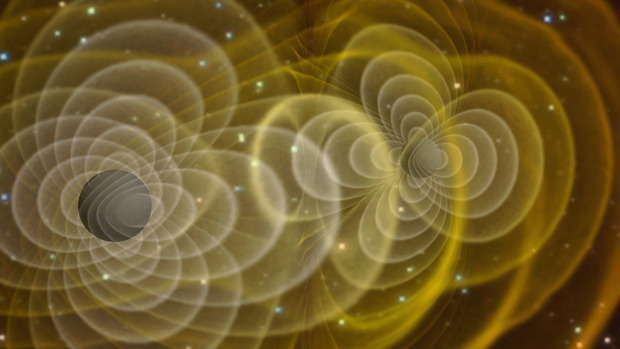
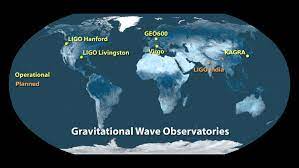
What are Gravitational Waves?
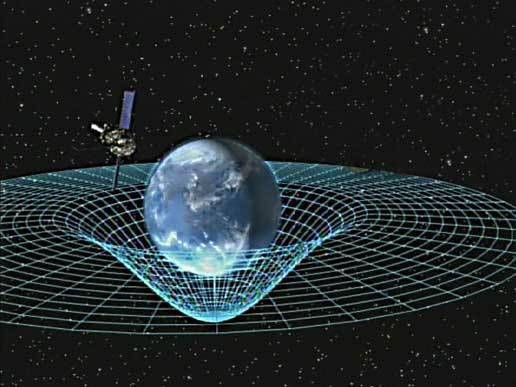
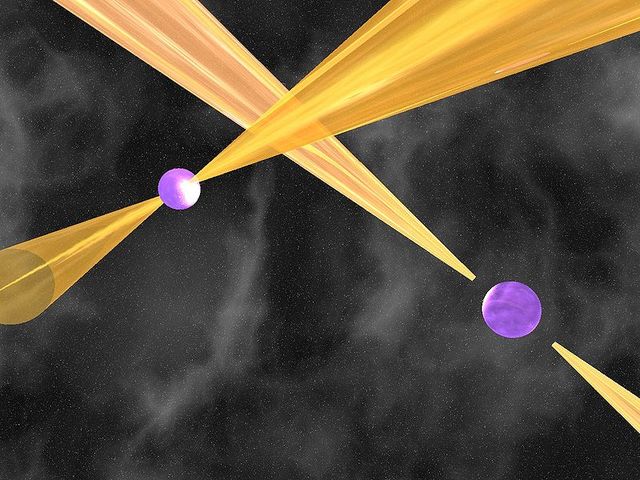
Gravitational waves are ‘ripples’ in space-time caused by some of the most violent and energetic processes in the Universe. Albert Einstein predicted the existence of gravitational waves in 1916 in his general theory of relativity. Einstein’s mathematics showed that massive accelerating objects (such as neutron stars or black holes orbiting each other) would disrupt space-time in such a way that ‘waves’ of undulating space-time would propagate in all directions away from the source. These cosmic ripples would travel at the speed of light, carrying with them information about their origins, as well as clues to the nature of gravity itself.
The strongest gravitational waves are produced by cataclysmic events such as colliding black holes, supernovae (massive stars exploding at the end of their lifetimes), and colliding neutron stars. Other waves are predicted to be caused by the rotation of neutron stars that are not perfect spheres, and possibly even the remnants of gravitational radiation created by the Big Bang.
The animation below illustrates how gravitational waves are emitted by two neutron stars as they orbit each other and then coalesce (credit: NASA/Goddard Space Flight Center).
The gravitational waves themselves are invisible. They are made visible here to illustrate their propagation away from the sources.
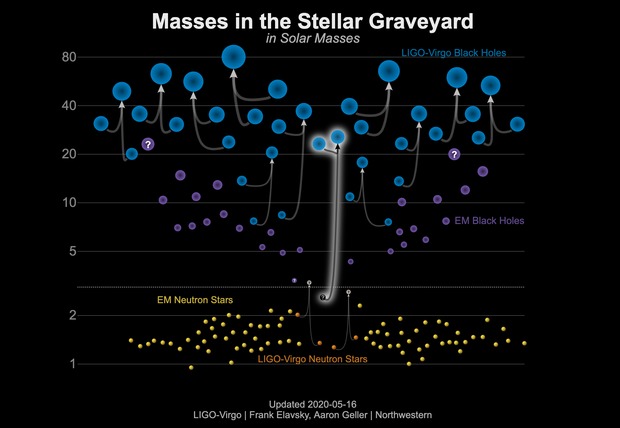
Caltech Ligo Laboratory Astrophysics Group


The Coltech LIGO Laboratory Astrophysics group detect gravitational wave signal from distant astrophysical sources and study the properties of the waves and their astrophysical sources (neutron stars, black hole, core collapse, supernovae, the Big Bang).
